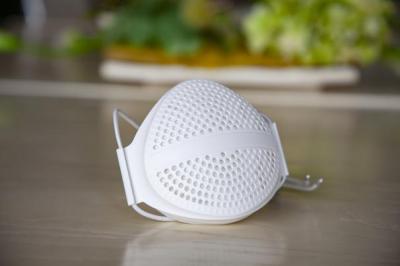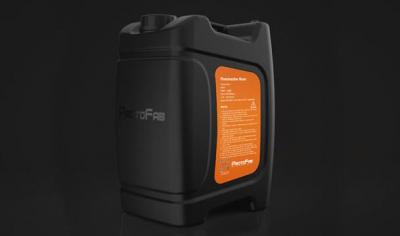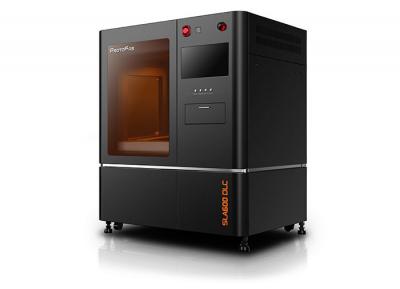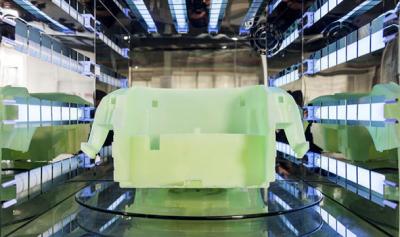
Create Time: 01/24/2019
3D printing is a method of creating objects by progressively building up layers of material. This kind of additive manufacturing works in the opposite way from traditional production methods such as machining, milling, carving, and sculpting, all of which fall under the banner of subtractive manufacturing. The additive nature of 3D printing, as well a number of other key characteristics, gives it significant advantages over more traditional types of production. Below we will describe 10 reasons why 3D printing is revolutionizing manufacturing, and why we at ProtoFab are so excited to be operating at the cutting edge of this new technology.
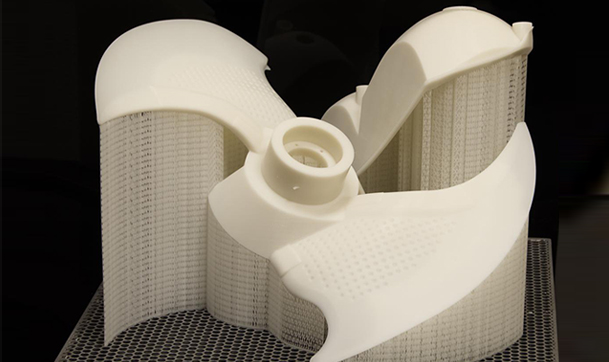
Traditional subtractive manufacturing has a key limitation, the more complex the design the higher the cost. This is due to higher use of materials, as well as an increase in the length of the process and the additional labor costs involved. With 3D printing it doesn't matter how simple or how complex a design is, the process and the costs remain unchanged. An ultra-complex interlocking lattice is no different in principle from a simple cube. What may seem like a minor detail is in fact revolutionary when it comes to costing and completely removes the need to produce economical designs at the expense of detail or complexity.
3D printing can produce complete products as a single piece, rather than having to produce individual parts separately and then assemble them later. For example, in traditional manufacturing, a doll was usually produced by making the head, body, and limbs individually and then assembling them into a complete doll. Not only did this take longer and impose restrictions on design, it also resulted in a lower quality final product with obvious join lines and the potential for limbs to become detached. A 3D printed doll with moveable limbs can be produced quickly and with none of the drawbacks described above. Removing the need for assembly also saves labor costs and simplifies the supply chain.
3D printing can produce pieces with stunning levels of detail at extremely low cost and without the need for trained specialists. Traditionally, producing extremely intricate designs, for example jewelry pieces or sculptured figurines, required potentially days of careful work and a well-trained expert with years of experience. With 3D printing, all that is required is a good quality digital blueprint and the most ornate of designs can be produced cheaply and easily.
With 3D printing you can produce according to demand, so there is no need to fill warehouses with mass-produced goods in the hope that orders come in future. Manufactures can simply produce as many as each client requires and ship directly, creating an entirely new, flexible business model.
Another limitation of traditional production techniques is that there are restrictions on the specific shapes that can be created. This is due to the inherent characteristics of the techniques involved, for example hollow designs are impossible with any type of subtractive manufacturing. 3D printing involves almost no limitations whatsoever, meaning designers are able to produce eye-catching pieces that would be difficult to create through any other method.
Becoming proficient in traditional manufacturing techniques takes years, and becoming a master can take decades. Hiring such talent can be expensive, and a single production line may require a number of experts covering different processes and techniques. Although 3D printing is not simple and expertise is required, the level of specialism needed is nothing compared to most other techniques. There is also no need for the specialist to be physically present, a whole series of printers can be operated remotely if necessary, opening up a whole new world of possibilities.
It's safe to say that traditional manufacturing equipment is not easily portable. Machines for cutting and milling are extremely heavy, and even a relatively large injection molding machine can only produce very small objects. A 3D printer can produce objects as large as the printing bay, and desktop 3D printers can weight as little as 10 kg or so. ProtoFab's high-quality SLA 3D printers are heavier than that, but they can still be moved around much more easily than traditional manufacturing solutions. This is perfect for the more flexible future of manufacturing, not to mention saving on transportation costs.
Most manufacturing techniques produce a high degree of waste as an integral part of the process. For example, in traditional metal machining, more than 90% of the metal ends up as waste on the workshop floor. This not only causes unnecessary expense, it is also environmentally questionable. A key advantage of additive manufacturing is that only as much material is used as is required, keeping waste to an absolute minimum.
Using traditional techniques, it is extremely difficult to use two different materials in the same part. If multiple materials are required, it is necessary to make two parts separately and join them together. Some 3D printers can print multiple materials directly in a single operation, allowing for superior designs at a fraction of the cost. The possibilities of using multiple materials in the same part are endless, in the future we can expect to see many more innovative designs taking advantage of this aspect of advanced 3D printing.
If you ask a sculptor to produce a copy of their best work, they have to start again from scratch and attempt to replicate their earlier work as best as possible. Even the most skilled sculptor can't produce an exact duplicate the second time, it can only be similar. This is even more of a problem when trying to produce a copy of a long existing object, for example an ancient artifact. With modern scanning technology and 3D printing, an exact copy of any object can be produced with ease, blending the lines between the digital and the physical.
